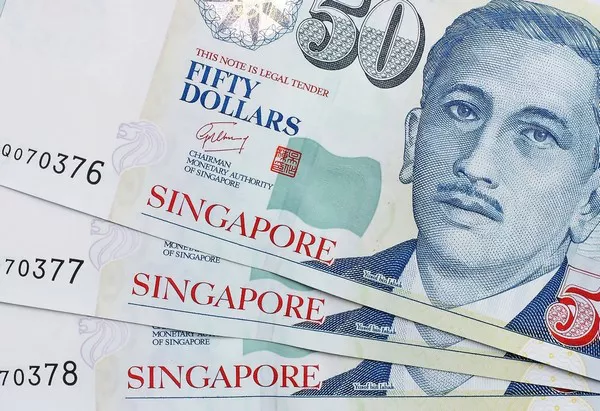As an international hub for trade and finance, Singapore’s currency has a significant presence around the world. In India, the Singapore dollar (SGD) plays an important role in trade and investment activities, making it a currency of interest to many individuals and businesses. Understanding the value of SGD in India is crucial for those who want to engage in cross-border transactions between the two countries.
The Basics of Currency Exchange Rates
Before discussing the value of SGD in India, it’s important to understand how currency exchange rates work. The exchange rate is the value of one currency in relation to another currency. It determines how much of one currency can be exchanged for another currency. Exchange rates are determined by supply and demand factors, such as global economic conditions, interest rates, inflation rates, and political events.
In general, when a currency has high demand, its value increases, and vice versa. For example, if the demand for SGD increases, its value will appreciate relative to other currencies, including the Indian rupee (INR). Conversely, if the demand for INR increases, its value will appreciate relative to SGD.
Factors Affecting the Value of SGD in India
Several factors can influence the value of SGD in India. One of the most significant factors is the balance of trade between the two countries. When Singapore exports more goods and services to India than it imports from India, it creates a surplus of SGD in India. This surplus increases the supply of SGD in the Indian market, which can lead to a decrease in its value relative to INR.
Another related factor is foreign direct investment (FDI). When Singaporean companies invest in India, they need to convert their SGD into INR to make investments. This increases the demand for INR, which can lead to an appreciation of its value relative to SGD. Similarly, when Indian companies invest in Singapore, they need to convert their INR into SGD, which can increase the demand for SGD and lead to an appreciation of its value relative to INR.
In addition to trade and investment flows, other factors that can affect the value of SGD in India include interest rate differentials, inflation rates, political events, and global economic conditions. For example, if the interest rate in Singapore is higher than in India, it can attract foreign investors to invest in Singapore, leading to an increase in the demand for SGD and an increase in its value relative to INR.
Historical Trends in SGD/INR Exchange Rates
Over the past decade, the SGD has generally appreciated in value relative to the INR. In 2011, the exchange rate was around 34.5 INR per SGD. By 2020, it had increased to around 55 INR per SGD. This trend reflects a combination of factors, including Singapore’s strong economic growth, Indian rupee depreciation against the US dollar, and Singapore’s position as a global financial hub.
Investing in SGD or INR
For those interested in investing in either SGD or INR, it’s essential to consider the risks and benefits associated with each currency. Investing in SGD can provide diversification benefits, given Singapore’s stable economy and strong financial system. However, it’s important to note that SGD is subject to fluctuations in global economic conditions and can be affected by changes in interest rates and geopolitical events.
Investing in INR can offer higher returns, given India’s potential for high economic growth, but it also carries higher risk due to the country’s relatively unstable political and economic conditions. Investors must consider these factors when making investment decisions.
Conclusion
The value of SGD in India is influenced by several factors, including trade and investment flows, interest rate differentials, inflation rates, and global economic conditions. Understanding these factors is crucial for individuals and businesses looking to engage in cross-border transactions between the two countries. While the SGD has generally appreciated in value over the past decade relative to the INR, investing in either currency carries risks and requires careful consideration of each currency’s fundamentals and potential risks.


